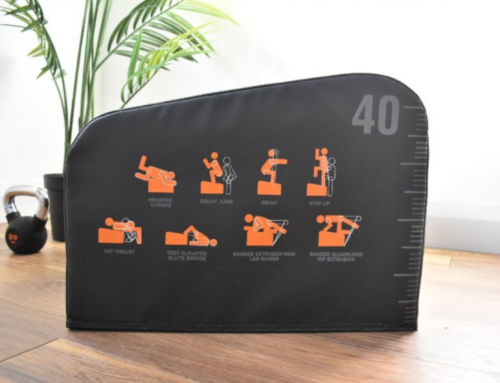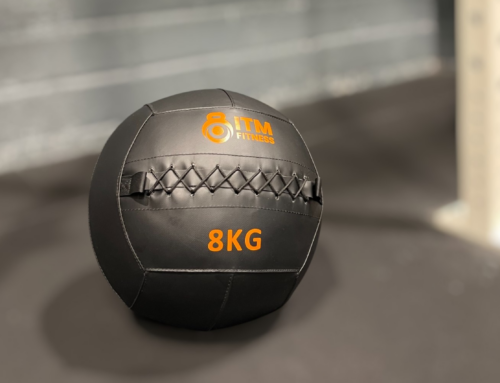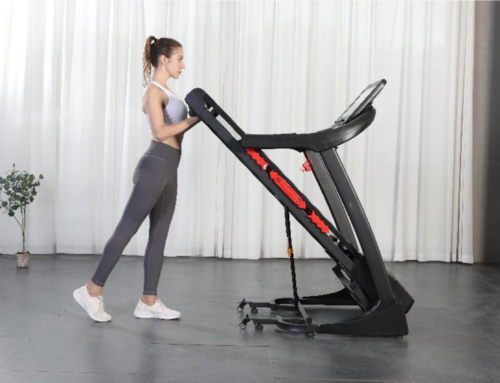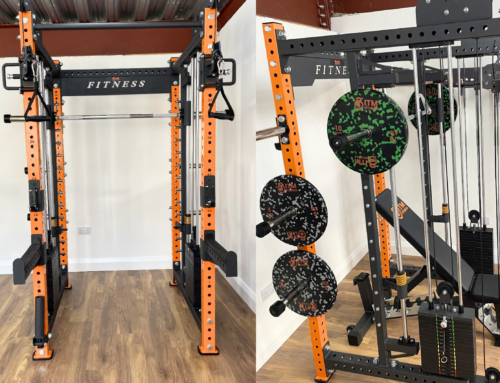Gymwarehouse.ie Blog: Blood pressure and exercise
Know that you’re not alone if you have high blood pressure (HBP), often known as hypertension. HBP is one of the most prevalent and potentially fatal illnesses in Ireland affecting over half of adult population. On the plus side, making lifestyle changes can significantly raise your stats. This includes working out, which can significantly lower your blood pressure by five to seven points.
The resistance blood experiences as it travels through your veins is measured by your blood pressure. Sometimes the cause of some people’s chronically raised blood pressure is not entirely evident. Diet may be important. And we are aware that aging, illness, and genetics can frequently prevent our blood arteries from relaxing. Because of the increased blood pressure and resistance, the heart must work harder to pump blood through the circulatory system.
Doctors claim that when you move around or exercise, you help the blood circulate throughout the body. According to research, this occurs as a result of physical exercise releasing molecules that relax and dilate arteries. Then, oxygenated blood may travel to working muscles more quickly. It’s incredible that this dynamic continues for up to 24 hours after you finish! Additionally, exercise fortifies the heart and improves its ability to pump blood. Additionally, being active can relieve stress and promote weight loss, which can also lower blood pressure.
Doing cardio exercise like using a treadmill or a spin bike are the easiest ways to lower your blood pressure. If this is at home, all the better. You don’t want to raise your blood pressure with all of the stress of getting ready to go to a gym. The irony!
S-240 Spin Bike
The most effective way to control high blood pressure is through aerobic activity, which works your heart, lungs, blood vessels, and major muscles. Beginners should start small and perhaps just walk around their home. Then, proceed to build. Aiming for 20 minutes of brisk walking, hiking, jogging, cycling, swimming, or dancing five days per week is a goal to think about, but even shorter periods of time can still have an impact, according to study. If you increase that to 30 minutes, the additional calorie burning and cardiovascular benefits will be even more beneficial to you.
Exercise is an excellent way to lower blood pressure, but you still need to use caution as with any treatment. It’s not a good idea to sprint or exert yourself vigorously because this can raise your blood pressure and cause nausea, dizziness, or even a stroke. Additionally, a 10-minute warm-up and cool-down will assist you in preventing jarring variations in blood pressure.
It’s a typical misconception to believe that because you exercised, a lot of calories must have been expended. According to Harvard Health, your body may burn between 200 and 300 calories during 30 minutes of low-impact aerobics or stationary cycling. In terms of nutrition, that is comparable to a bowl of bran cereal and milk or a low-fat yogurt topped with fruit. Sorry, no additional dinner! What foodstuffs should you eat more of? Water, water everywhere, because dehydration can happen when you sweat and can also cause your blood pressure to rise.
Here are the top benefits of exercise for controlling high blood pressure
- Exercise helps lower blood pressure: Regular exercise can help lower both systolic and diastolic blood pressure. It works like beta-blocker medication to slow the heart rate and lower blood pressure (at rest and also when exercising)
- Exercise helps maintain a healthy weight: Weight management is an important way to control blood pressure. If you’re overweight, losing even 5 pounds (about 2.3 kilograms) can lower your blood pressure.
- Exercise reduces blood vessel stiffness: Exercise lowers blood pressure by reducing blood vessel stiffness so blood can flow more easily. The effects of exercise are most noticeable during and immediately after a workout.
- Exercise strengthens the heart: Regular exercise strengthens the heart muscle and improves its ability to pump blood throughout the body. This can help reduce the workload on the heart and lower blood pressure.
- Exercise reduces stress: Exercise is a great way to reduce stress, which can help lower blood pressure. It releases endorphins that improve mood and reduce anxiety.
- Exercise improves overall health: Exercise has many other health benefits beyond controlling blood pressure. It can help control weight, lower harmful LDL cholesterol and triglycerides, raise healthy HDL cholesterol, strengthen muscles and bones, reduce anxiety, and improve your general well-being
 Irish Owned
Irish Owned





Leave A Comment